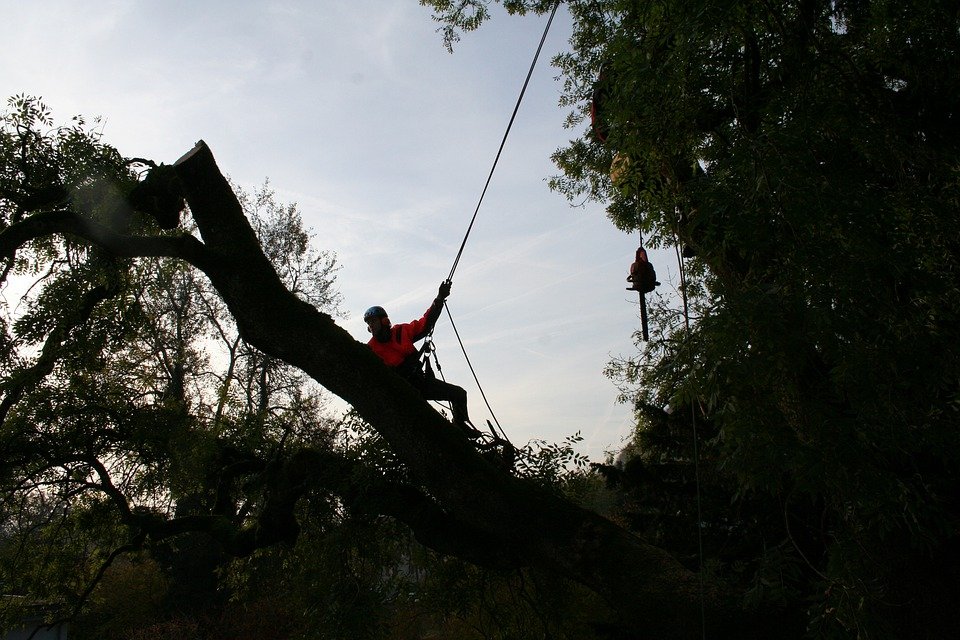Improve Landscaping With Tree Trimming

Tree pruning is a vital part of the growth process of many plants. It is important that you have a basic knowledge of pruning if you want to care for your trees properly. Tree pruning also allows you to make some structural changes to your tree without having to remove all of it. Pruning branches and changing the direction of a branch can encourage the new growth that your tree needs to become strong and healthy. But remember that pruning is not always the best option, especially when you have younger, weaker branches that can be harmed by being pulled too tightly.
This service is part of the normal process of any type of horticulture. The term 'tree pruning' refers to the action of removing portions of the tree to improve the growth and shape. This action, called trimming, is usually part of the annual maintenance process, which means that it should be performed at least once a year. In general, the majority of tree pruning is related to the maintenance of the overall health of your entire tree. Thinning is often used to increase the amount of foliage on a tree, which allows it to appear healthier and more attractive. Additionally, thinning branches that are already diseased or otherwise unhealthy can be removed to prevent the disease from spreading to other areas of the plant.
There are many different types of tree pruning, but two of the most popular techniques are removing the entire tree top (or papering) and removing certain branches. The former can be performed individually, while the latter requires a lot of planning and preparation. In the event of an unexpected storm or wind, trees can experience massive shock, causing them to collapse or crumble. This large-scale event is typically associated with large-scale tree removal. While arborists are capable of performing these procedures quickly and effectively, they will likely wait at least 24 hours before performing any procedures to ensure the safety of workers, neighbors, and property.
The purpose of tree pruning is to improve tree health and aesthetics. Certain branches or parts of trees may grow thicker or longer than others, creating unsightly clumps or patches in your yard. Some trees are also prone to pests or disease, resulting in unsightly and unhealthy spines or branches. Additionally, poorly maintained trees may have weak or brittle branches that may easily break. By eliminating or reducing the number of these conditions, tree trimming provides a number of benefits for both the aesthetics of your landscape and for the health of your trees.
One of the first tree pruning techniques that most arborists perform is referred to as "crown pruning." This technique is performed in late spring or early summer, before new growth has taken hold and old growth has flowered. During this time, the growing crown of the tree is removed to allow it to become the dominant height and shape of the tree. Typically, the young roots and wood on the tree trunk are cut back as well. When young trees are pruned, the mature top of the crown usually remains.
A second common technique used by arborists is called "stem-shaving." This method is similar to crown pruning but involves removing only part of the main stem. The trained cut produces a straighter tree with minimal pruning. In addition, this technique can easily remove unnecessary branches from the landscape. Check out this related post to get more enlightened on the topic: https://en.wikipedia.org/wiki/Tree_topping.
